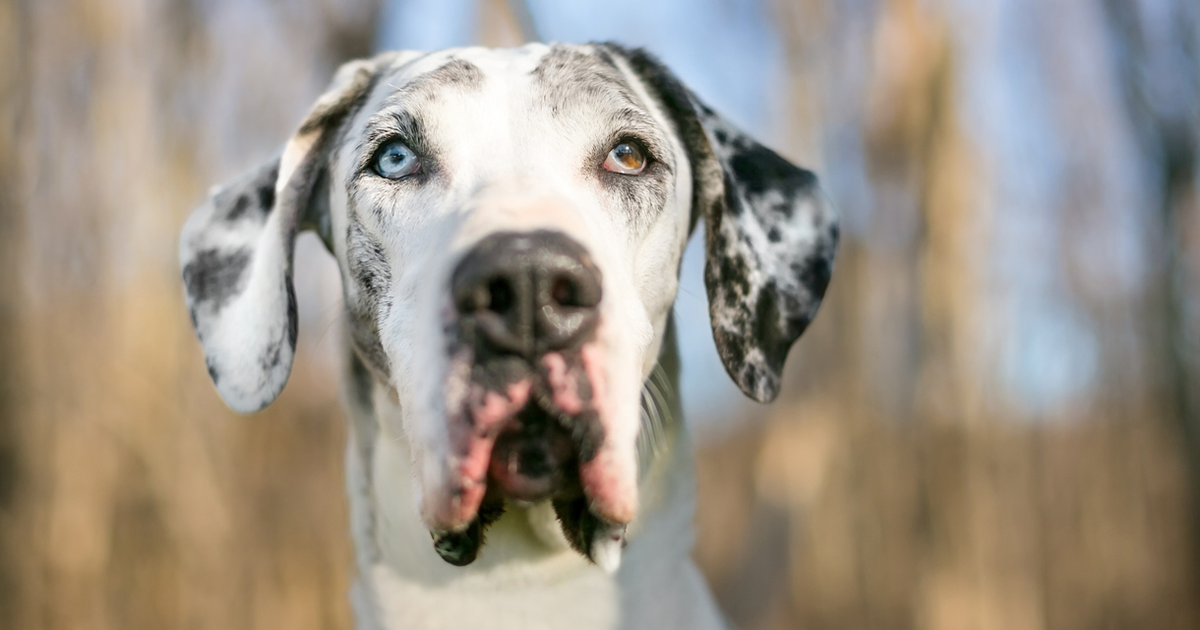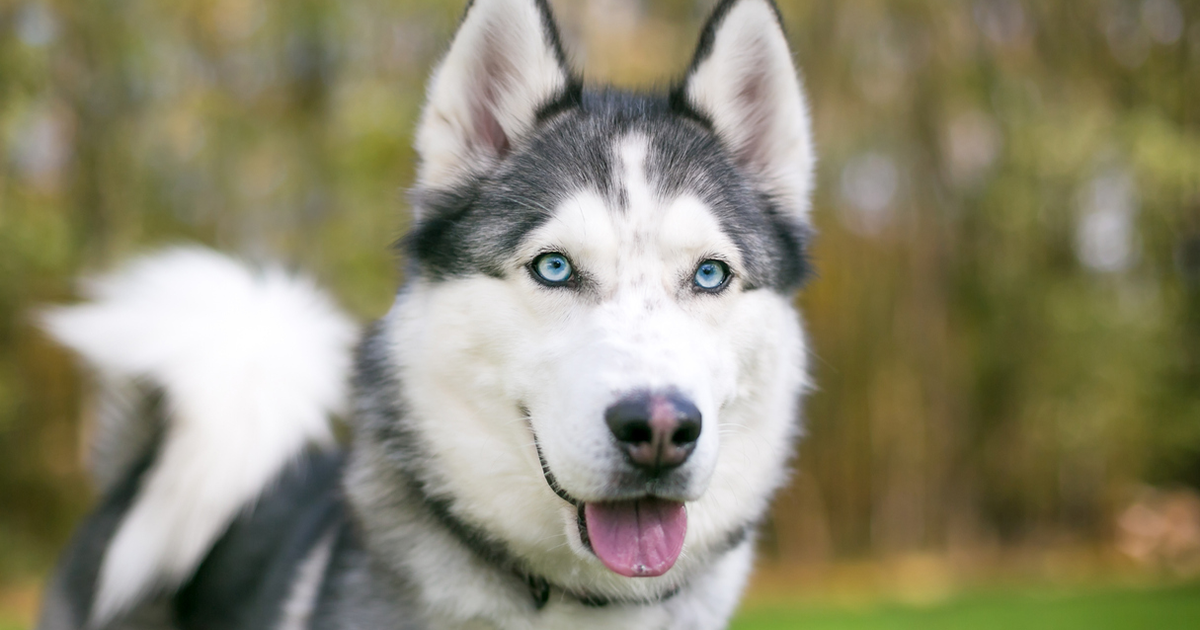Amidst all of the disheartening stories of wildlife being wiped out as a result of widespread human interference and ecological disruption, there are a select few of resilience and survival. In recent years, we have witnessed some species become living examples of the principle “adapt to survive.”
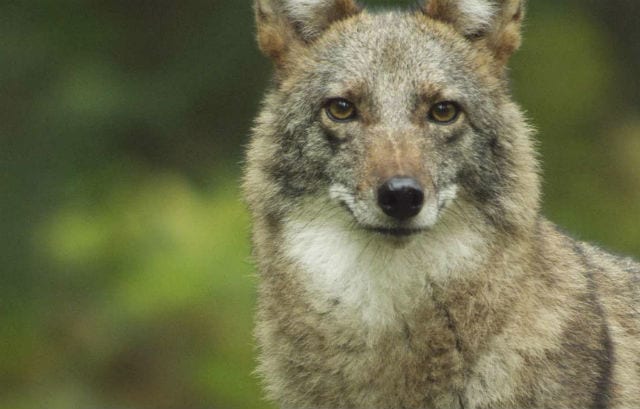

This is the case of the eastern coyote; more recently dubbed the “coywolf.” As its integrated name suggests, this creature that continues to populate all of eastern North America is not your typical coyote. Rather, it is a unique new hybrid that bears the traits of the coyote, the wolf, and even some large dog breeds like Doberman Pinchers and German Shepherds. So how did this come to be?
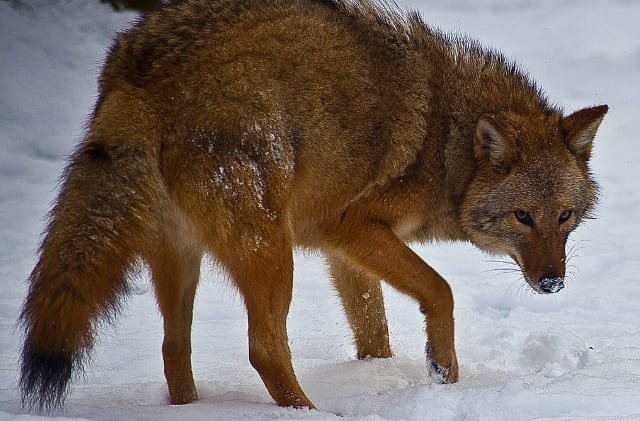

In the days before Christopher Columbus, the lands east of the Mississippi in North America were mainly forest. It was in these very forests that the wolf reigned supreme—running in packs and preying on deer throughout the region for years. That is…until us humans came along.
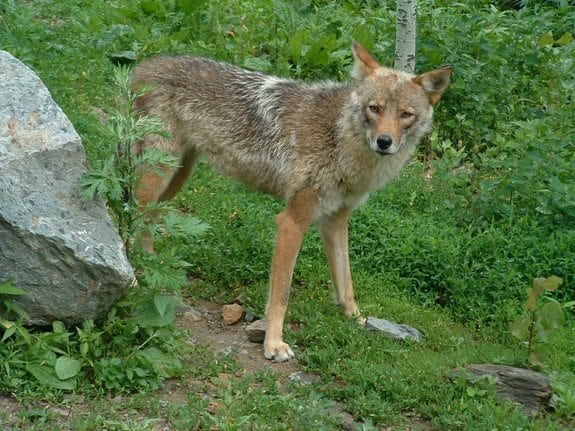

Almost as soon as Europeans anchored their ships and began to move across the land, these wolves became persecuted and pushed out of their homes. Men cut down trees for their settlements, quickly destroying and encroaching on the wolves’ habitat. It was not long after that farmers, concerned for their livestock, saw the hungry and displaced animals as an unnecessary threat. The Europeans then hunted, poisoned the wolves, and further fragmented their habitat at an alarming speed until the wolf populations were completely decimated. What the settlers didn’t realize, however, was that by driving out one species, they were making way for another predator to occupy the land.
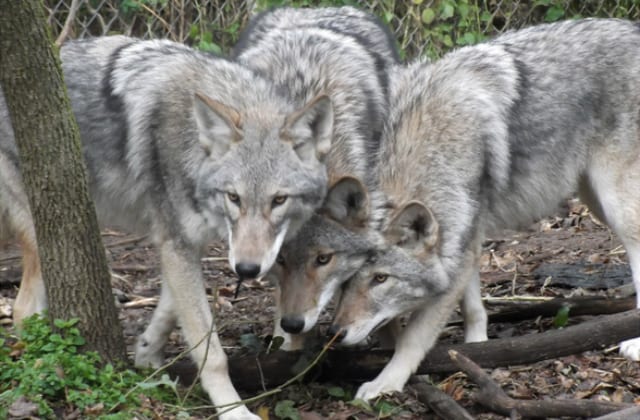

With eastern North America deforested and deserted by the wolf, coyotes from the southwest immediately seized the opportunity to expand their territory. In the 300 years or so that followed, the small canids managed to populate the entire northeast all the way up to Ontario, Canada. A report from PBS says it was there that the few remaining wolves first met the coyotes.
[bp_related_article]
These animals were likely in a state of quiet desperation, their numbers heavily depleted and their future looking rather bleak. As a result, they no longer viewed the coyote as their natural enemy, but instead as a potential mate. It is believed that around 1919, the wolves and the coyotes created the first in what would be a long line of coyote-wolf hybrids.
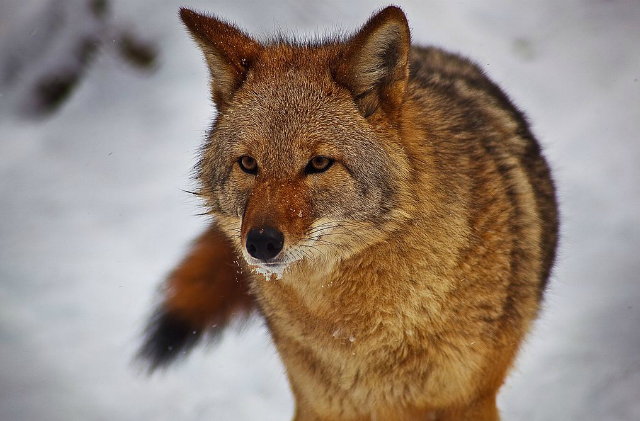

What is most fascinating about the breeding of these two different animal species is that—it doesn’t typically work; it often results in sterile or inferior offspring, among other side effects. But in this particular instance, the coyote and the wolf, along with the occasional dog, appear to have passed on all of their best genes to create a descendent that has not only survived in this new world of man, but thrived.
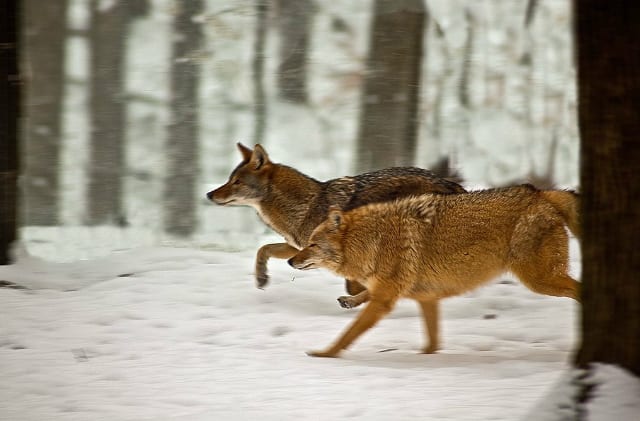

According to a study done by Javier Monzón, an evolutionary biologist at Pepperdine University, today’s eastern coyotes are approximately a quarter wolf and one-tenth dog on average. This combination of coyote, wolf, and dog DNA has proved extraordinarily beneficial to the animal’s continued existence. A reporter for The Economist writes:
At 25kg or more, many coywolves have twice the heft of purebred coyotes. With larger jaws, more muscle and faster legs, individual coywolves can take down small deer. A pack of them can even kill a moose. Coyotes dislike hunting in forests. Wolves prefer it. Interbreeding has produced an animal skilled at catching prey in both open terrain and densely wooded areas.
But the benefits of their hybridization don’t stop at stronger features or a broadened diet. It is also possible that the small presence of dog in their genetic makeup has allowed for coywolves to be much more tolerant of the commotion of urban landscapes. The hybrids, unlike the purebred coyote or wolf, are therefore both physically and mentally suited to existing in any of their ancestors’ environments.
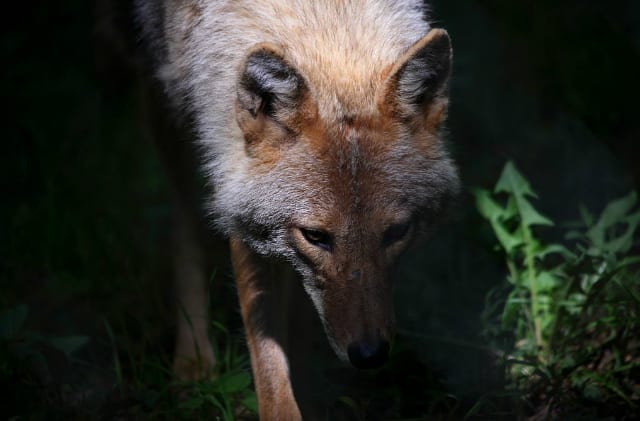

This is one of the rare occasions where an animal has developed in such a way that they are able to live wildly and successfully—even in urban areas—without being disturbed by humans. So successfully, even, that coywolf numbers now reach well into the millions. You can even spot them in or around some of the most popular cities in the United States, including New York, Boston, and Washington. According to Chris Nagy of the Gotham Coyote Project, a group that studies the ecology of the northeastern coyote, New York City currently has around 20 of these hybrids and the numbers are continually rising. The carnivores’ sly presence there helps to control populations of animals often considered pests to city-dwellers, such as the white-tailed deer and small rodents.
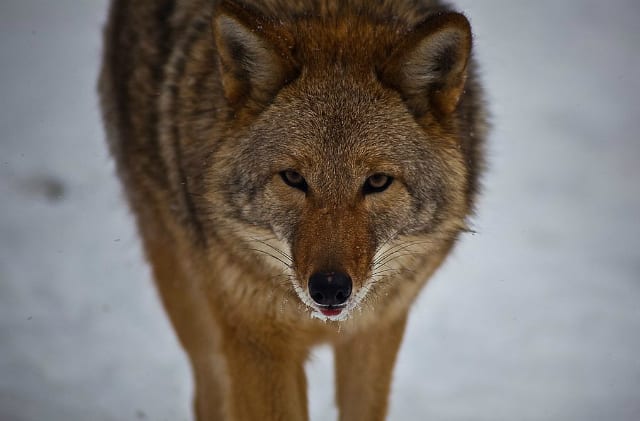

Bradley White, a wildlife geneticist at Trent University in Ontario, recently told Newsweek, “The coywolf is a reminder of how thoroughly our species has transformed the Earth’s biological and physical landscape.” The story of the coywolf then, its history deeply rooted in adaptability to human and environmental stressors, might just be the perfect opportunity for human beings to think about how we can safely coexist with our surrounding wildlife—for the coywolf has surely proved capable of coexisting with us.
Sources: Newsweek, Smithsonian Magazine, PBS, The Economist



